Doves
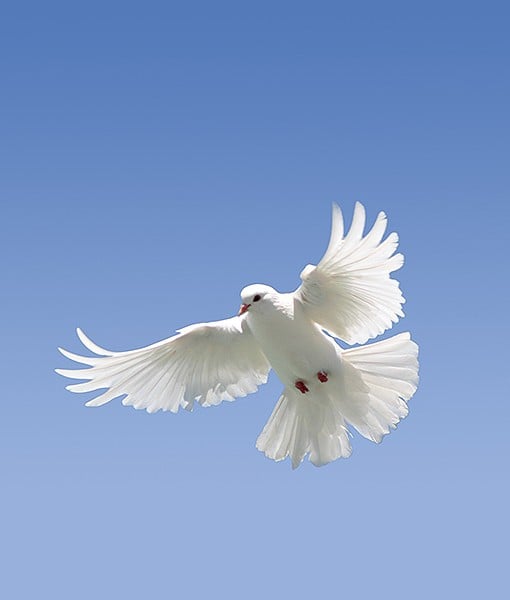
The dove, often in tandem with the image of an olive branch, has been recognized as a symbol of peace for many centuries, with symbolic roots in the religious traditions of Judaism and Christianity. In their religious texts, there is a story about a cataclysmic flood, after which a dove carrying an olive branch is seen as a sign of life, and the end of the flood. Over time, the dove as a widely recognized peace symbol has become integrated into traditions both secular and political. The symbol for World Peace Day itself is a dove holding an olive branch.
Image via Thinkstock
Sheep/Lambs
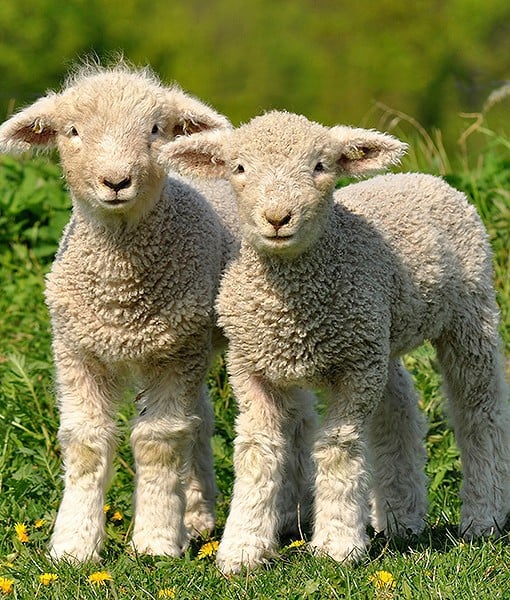
Sheep are well-regarded for their docile natures. This is sometimes seen in a negative light, using sheep as a metaphor representing the stupid or easily led. But in a more positive sense, sheep are seen as non-violent, gentle and peaceful. In Christianity, the figure of Jesus is often called "the Lamb of God," both for his message of peace and ultimately his purpose as a sacrificial figure, which is central to the religion's beliefs.
Image via Thinkstock
Frogs
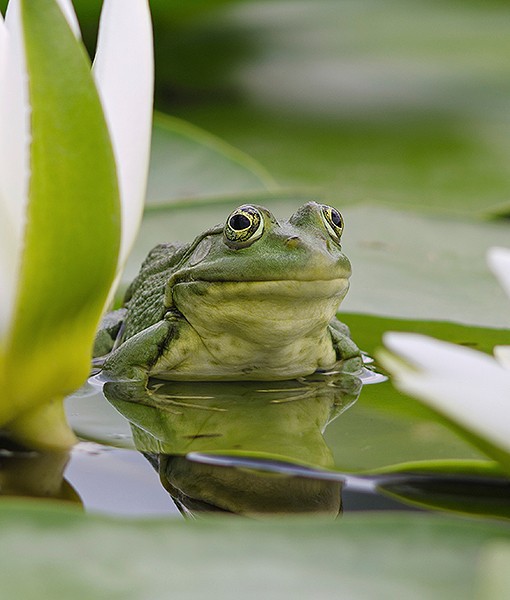
In Native American traditions, the frog can represent life and fertility. In popular culture, this symbol was the inspiration behind a now-familiar logo: a cartoon frog holding the fingers of one hand in a peace sign. The logo may seem like it came out of the 1960s hippie counterculture, but its origins are actually more recent than that. It is the trademark of Peace Frogs, a clothing company that was founded in 1985, and named for the traditional Native American symbol (and possibly for the 1970 Doors song, "Peace Frog").
Image via Thinkstock
Cranes
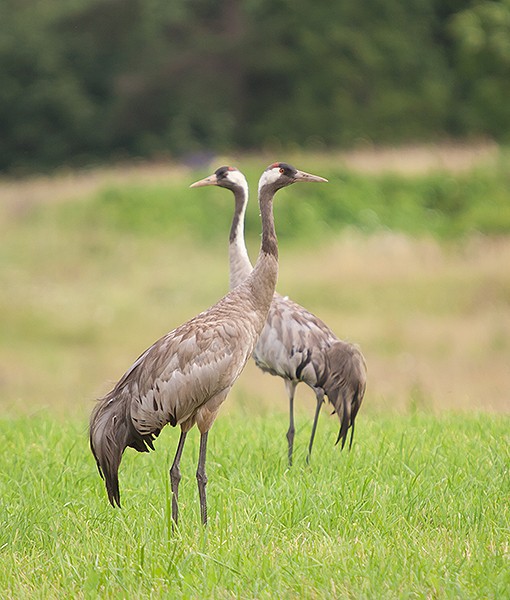
In Japan, the crane has long been seen as a sign of good luck. It is a tradition to fold 1,000 origami paper cranes, called senbazuru, to bring luck. In the 20th century, the tradition took on further significance after Sadako Sasaki, a girl who lived in Hiroshima when the United States dropped a nuclear bomb on the city, endeavored to make a senbazuru before she died of the leukemia she developed from the radiation. Every year, people leave senbazuru on a statue of Sadako Sasaki in Hiroshima Peace Park. A plaque on the statue reads, "Peace on Earth."
Image via Thinkstock
Kingfisher
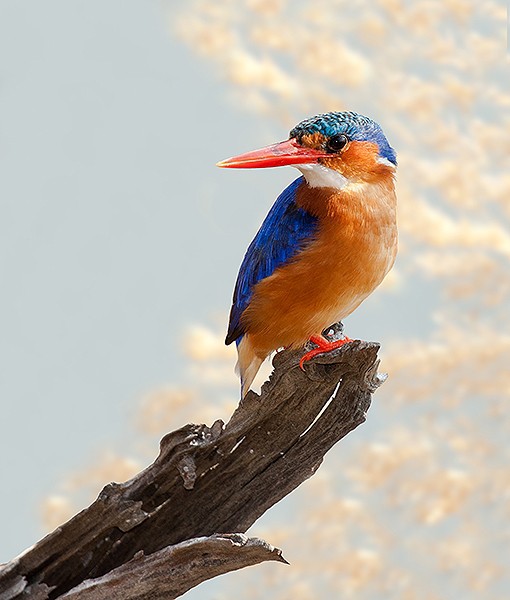
The kingfisher is also known by another name: the halcyon. This name comes from the Greek legend of the Halcyon, a bird who lived by the sea and had the power to calm the wind and the waves at will in order to protect its eggs when necessary. Hence, kingfishers remain a symbol of peace to this day, and the word "halcyon" has entered the English language as a synonym for calm and tranquility.
Image via Thinkstock
Manatee
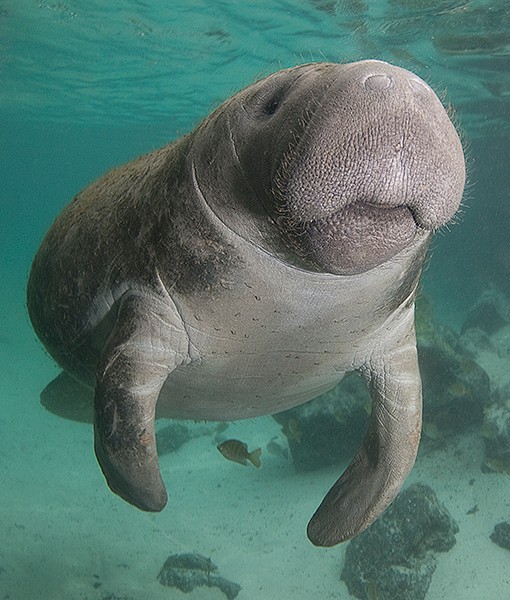
Manatees are the gentle giants of the sea, spending their days mostly sleeping and eating — plants only, as these peaceful creatures are herbivores. They are friendly, and even use hugging and kissing body language to greet and communicate with each other. The friendly, docile beasts have no prey and bring no harm to any other creatures. This is perhaps why in West African tradition, manatees are considered sacred, and killing one requires atonement.
Image via Thinkstock
Sloths
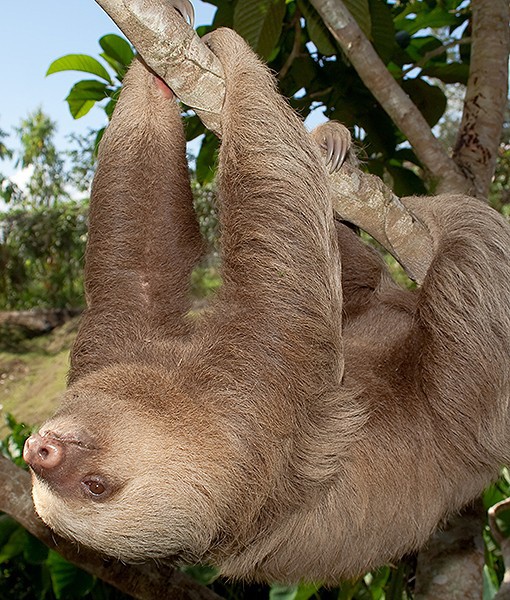
Because of their slow-moving nature, sloths took their name from a word that means extreme laziness, but this isn't quite fair. The peaceful sloth isn't lazy as much as it is slow, quiet and passive. In fact, these gentle souls eat only leaves, and much of their behavior — economy of movement, silence and tree-dwelling—is about avoiding predators. Sloths take it easy in the name of peace.
Image via Thinkstock
Butterflies
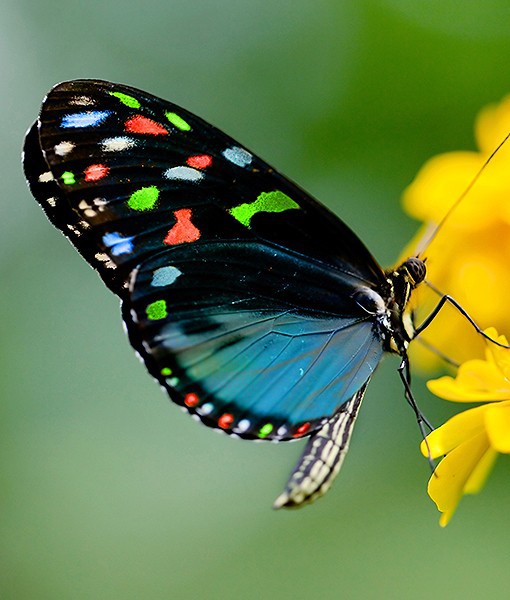
Butterflies are traditional symbols of peace and its associated states, such as love, life, tranquility and hope, as they are seen throughout the world and recognized for their literally transformative nature. Some Native American traditions hold the butterfly in particular reverence. The Hopi Indians, for example, perform a ceremonial butterfly dance in summer to help bring about peace, prosperity and happiness.
Image via Thinkstock
giant-panda
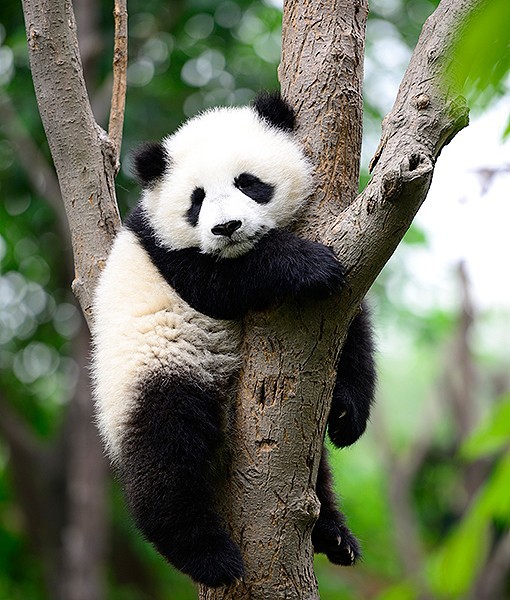
Despite how ferocious and deadly bears can be, our culture often depicts them as adorable—as in teddy bears and Winnie-the-Pooh. The closest thing in nature to our imagined cute-and-cuddly bear is certainly the giant panda. Giant pandas are mostly quiet, solitary herbivores who are content to munch on bamboo. Although giant pandas can defend themselves when attacked, they are rarely aggressive and generally quite peaceful, avoiding confrontation when possible.
Image via Thinkstock
bald-eagle
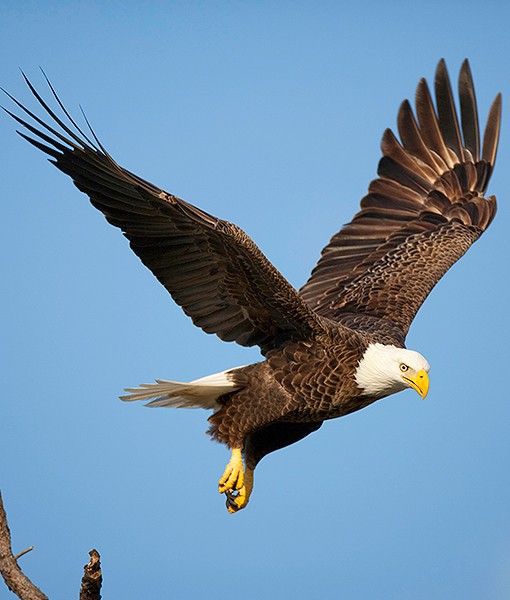
There are probably few who tend to think of the hawkish United States or its symbol, the bird-of-prey bald eagle, as great symbols of peace. But on the seal of the U.S., the bald eagle at least stands as a symbol of the desire for peace. Traditionally, the eagle holds arrows in one hand and an olive branch in the other, which means the country desires peace but is ready for war. However, the eagle typically faces toward the olive branch, symbolizing a preference for peace.
Image via Thinkstock



